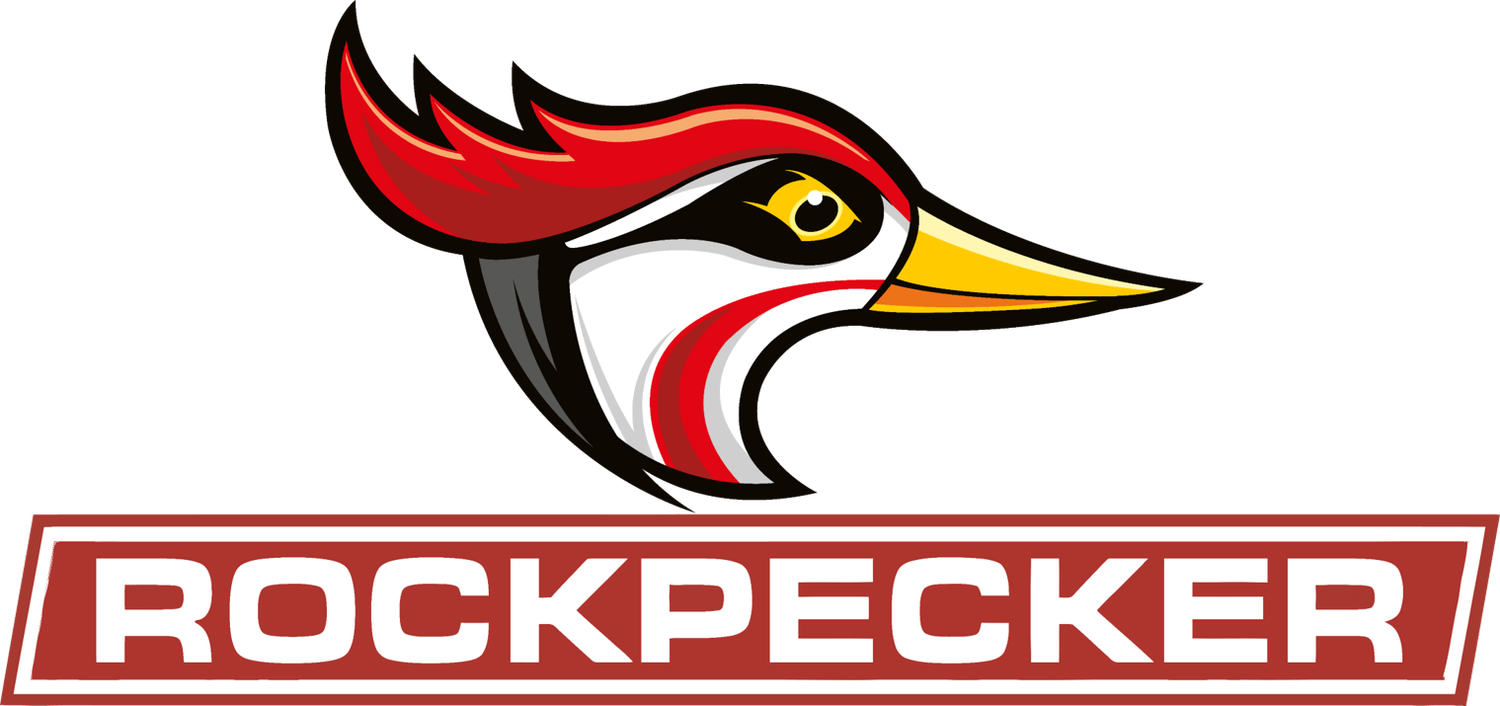Top 5 Challenges in 2024 and How Rockpecker Drilling Tools Helped Overcome Them
/The year 2024 proved to be a defining year for the trenchless, geothermal, mining, and waterwell drilling industries. As operations expanded into harsher environments and complex geological formations, companies had to tackle key challenges while maintaining cost-efficiency and sustainability. At the forefront of these efforts were innovative downhole drilling tools that provided customized solutions, improved efficiency, and enhanced operational outcomes.
This blog dives into the top 5 challenges of 2024 and explains how our advanced drilling tools, including PDC Bits, TCI Bits, roller cone bits, stabilizers, TCI reamers, centralizers, flycutters, and fluted reamers, helped overcome them.
Challenge 1: Navigating Complex Geological Formations
Figure 1:Top 5 Challenges in 2024 and How Our Drilling Tools Helped Overcome Them
The Problem: The expansion of urban infrastructure and resource exploration brought operators face-to-face with highly variable and unpredictable geological formations. From soft clays to hard granites, ensuring tool adaptability was a critical challenge.
The Solution: PDC Bits (Polycrystalline Diamond Compact Bits): Known for their exceptional performance in hard rock formations, PDC bits provided consistent cutting action and wear resistance. Their advanced cutter designs enhanced penetration rates, even in mixed formations.
Example: A geothermal drilling project in Iceland saw a 25% increase in penetration rates using PDC bits, reducing total drilling time significantly.
- TCI Bits (Tungsten Carbide Insert Bits): For abrasive formations and harder rock types, TCI bits offered superior durability and cutting efficiency. With improved sealing and bearing technology, they thrived in extreme environments. Example: A mining project in South Africa used TCI bits to drill through quartz-rich formations, increasing tool life by 30%.
- Roller Cone Bits: Known for their versatility, roller cone bits enabled operators to drill through formations with varying compressive strengths in a single borehole, avoiding frequent tool changes.
Challenge 2: Operating in Extreme Environments
The Problem: Frozen conditions, high altitudes, and extreme temperatures posed significant challenges in maintaining tool performance and efficiency. Borehole stability was another critical concern, particularly in frozen regions.
The Solution:
- Stabilizers: Stabilizers played a crucial role in maintaining the alignment of the drill string, minimizing vibrations, and preventing borehole deviation in extreme environments. Their robust material coatings offered durability even in abrasive and frozen ground conditions.
Example: In a frozen geothermal project in Canada, stabilizers reduced tool failures by 20% and improved directional control.
- Centralizers: Centralizers ensured proper positioning of the drill string, preventing wall collisions and promoting efficient mud circulation. Low-friction designs proved indispensable in directional drilling through frozen soils.
Example: An HDD project in Siberia achieved higher borehole accuracy using advanced centralizers, reducing downtime caused by wall drag.
Figure 2: Centralizers ensured proper positioning of the drill string, preventing wall collisions
Challenge 3: Borehole Cleaning and Enlargement in Congested Areas
The Problem: With increased demand for utility installations in urban areas, operators faced difficulties in borehole cleaning and enlargement without affecting nearby infrastructure.
The Solution:
- Fluted Reamers: These tools provided efficient borehole enlargement while optimizing mud circulation and debris removal. Spiral grooves in fluted reamers reduced the risk of blockages, ensuring smooth operations in urban settings.
Example: A waterwell project in India used fluted reamers to efficiently remove cuttings, improving productivity by 20%.
- Flycutters: Lightweight and cost-effective, flycutters offered precision and control in soft-to-medium formations. Their simple design and ease of maintenance made them ideal for use in congested urban areas.
Example: In an HDD project in Chicago, flycutters helped achieve a smooth borehole finish while maintaining low operational costs.
Figure 3: Rockpecker Reamers
Challenge 4: Sustainability and Cost-Efficiency in Drilling Operations
The Problem: The need for sustainable practices and cost-efficient drilling became a major focus for operators worldwide. Reducing energy consumption and tool wastage was key to achieving these goals.
The Solution:
- TCI Reamers: TCI reamers stood out for their ability to ream through hard rocks efficiently, offering longer tool life and fewer replacements. Their replaceable cutter blocks reduced material waste and downtime. Example: A geothermal project in Japan utilized TCI reamers to achieve a 20% reduction in tool replacement costs, enhancing overall cost-efficiency.
- Shock Tools: In mining and geothermal operations with high-impact environments, shock tools absorbed vibrations, reducing damage to both the drill string and the borehole.
- Hole Openers: Hole openers proved essential for HDD projects requiring large-diameter boreholes. Their modular designs reduced waste and allowed for cost-effective scaling of operations.
Challenge 5: Enhancing Drilling Efficiency in Remote Regions
The Problem: Operating in remote regions often meant limited access to replacement tools and logistical challenges in managing resources.
The Solution:
- Stabilizers and Centralizers: Stabilizers and centralizers ensured smooth drilling operations by reducing tool wear and improving alignment, particularly in remote regions with challenging terrain.
- PDC Bits: The extended life of PDC bits helped operators complete drilling operations in remote areas without frequent tool replacements, cutting down logistical costs.
Example: A waterwell project in a remote desert region achieved a 30% improvement in operational efficiency using durable PDC bits.
Figure 4: Rockpecker Stabilizer, PDC Reamer and PDC Bit
Comparative Performance of Drilling Tools in 2024
The chart below highlights the comparative performance of major downhole drilling tools in terms of durability, efficiency, and suitability for challenging conditions:
Figure 5:comparative performance of major downhole drilling tools
Final Thoughts
The year 2024 was a testament to the resilience and adaptability of the drilling industry. Tools like PDC bits, TCI reamers, stabilizers, flycutters, and fluted reamers not only addressed critical challenges but also set new benchmarks for efficiency, durability, and sustainability. As we move into 2025, the focus will remain on enhancing tool performance and innovating solutions to meet the growing demands of the HDD, geothermal, mining, and waterwell sectors.
By adopting advanced tools and technologies, operators continue to pave the way for a more efficient and sustainable drilling future.







